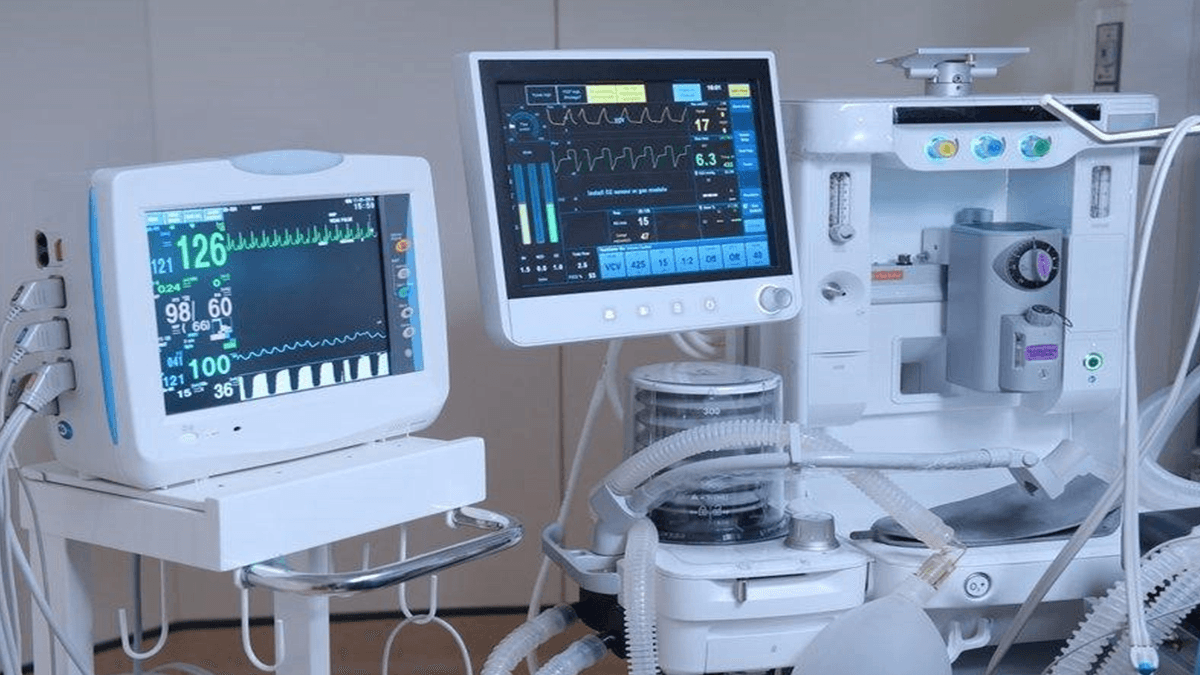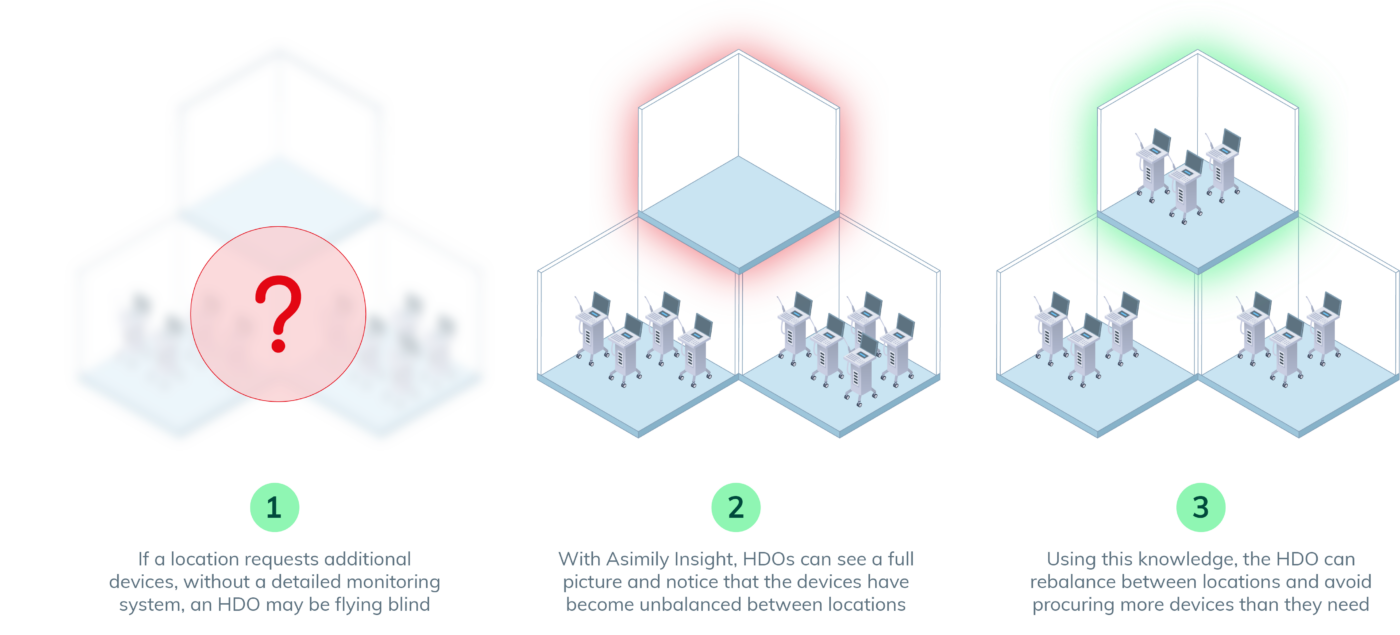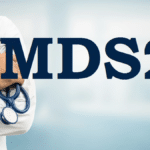Better Capital Planning Through Utilization Monitoring

Capital planning for medical devices can be a challenge for any healthcare delivery organization. Without a way to track usage, Healthcare organizations are often flying blind and have no way of independently knowing whether more devices are actually needed. Asimily helps solve this problem by providing detailed information about where, when, and how connected medical devices are being used.
What is Utilization Monitoring?
It is helpful to start by defining utilization. A device is utilized when it is being used for patient care or being prepared for a procedure. UtiIization monitoring is taking stock of how often a type of device is in use to efficiently manage your healthcare assets.
If a particular type of device has very low utilization, it could indicate that the Healthcare Organization has too many of those devices and doesn’t need to acquire any more. Conversely, if a device type consistently has very high utilization and clinicians are facing a shortage of availability, that indicates that the organization needs to buy more.
Benefits of Monitoring Asset Utilization for Capital Planning
Beyond efficient healthcare capital planning, utilization monitoring can provide several other key benefits.
1. Scheduling Maintenance
By monitoring usage throughout the day or through a specific time period, HTM personnel can see when devices have low utilization, enabling them to perform maintenance when least disruptive. This ensures an evidence-based approach to developing a maintenance strategy where there is minimal disruption to patient care delivery.
2. Justify Alternative Equipment Maintenance (AEM)
You can also leverage utilization data for an Alternative Equipment Maintenance (AEM) program. Asimily’s utilization statistics will help justify deviation from the original equipment manufacturer’s (OEM) recommended maintenance activities and intervals. For example, if a device type has been used sparingly and changing parts only increases wear and tear, the utilization statistics provide a rationale to alter the frequency of OEM recommended maintenance.
Asimily Utilization Monitoring in Action
Let’s walk through a possible scenario to see how Asimily can help make these decisions easier. In this scenario, the nursing leader of a department or unit requests more infusion pumps. Is this really needed? To answer this question, you can look at Asimily’s utilization summary for that department or unit’s infusion pumps. If the utilization percentage is high, this is a good indication that more devices are needed. If it’s low, this is a sign that something might be off.
Further investigation can be performed by using Asimily to look for the percentage of used devices in the same time period. While the platform tracks the average utilization of all devices across the entire day, referencing the percentage of used devices shows devices that have been used at all, even if just for a short time period. This number should generally be significantly higher than total utilization. This is because most devices should be used at least once a day, even if they aren’t being used all the time. If there are a significant number of devices that are unused for days at a time, they could be lost, tucked away in utility or supply closets, or misallocated between different departments.
Instead of spending additional money buying new devices, the healthcare organization may be able to simply reallocate them and meet the need with underutilized existing devices. This dynamic view across all departments and facilities allows the organization to employ demand-driven reallocation, enabling greater capital planning and efficiency than was previously possible.

Reduce Capital Spending With Asimily Utilization Monitoring
With a real-time view of capacity and demand, you can make better use of the devices you already have and reduce capital expenditures. Combining utilization monitoring and data to schedule maintenance optimally reduces operational expenses and decreases patient care disruption. Try out Asimily today and discover a better way to manage your medical devices.
To learn more about Asimily, download our Total Cost of Ownership Analysis on Connected Device Cybersecurity Risk whitepaper or contact us today.
Reduce Vulnerabilities 10x Faster with Half the Resources
Find out how our innovative risk remediation platform can help keep your organization’s resources safe, users protected, and IoT and IoMT assets secure.




